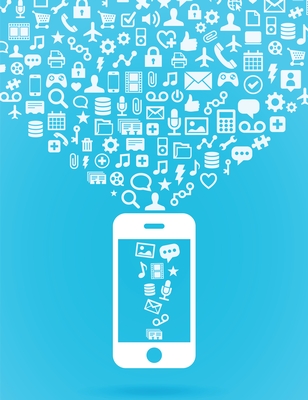Raised eyebrows.
The Trojan Horse.
A wrinkled forehead.
Japan attacks Pearl Harbor.
 Today, our lives are spattered with surprise – whether we express it verbally, facially, through startled or synchronized actions. Nothing says that better than dialing into the news or following a particular account through all its iterations. [Think of the latest Netflix phenomenon, the Making a Murderer.]
Today, our lives are spattered with surprise – whether we express it verbally, facially, through startled or synchronized actions. Nothing says that better than dialing into the news or following a particular account through all its iterations. [Think of the latest Netflix phenomenon, the Making a Murderer.]
On the other hand, our work lives, for many reasons, are fairly immune from surprises. We’re informed about company happenings, exchange information with colleagues, and labor pretty hard to get our jobs done well.
Or are we protected? In days of mergers and acquisitions, of stock markets reacting to every little up or downtick, and of corporate cost consciousness infiltrating many activities, surprise has got to be a staple of our lives – and managing it, commonplace.
How to do that? Obviously, reinforcing good words on how to deal with change is a given. Many learning and development gurus usually recommend a basic course or book or module. Or exploring on your own and with a team.
There’s also another path – one that can be embedded weekly. Which is the telling of stories with a surprise element. It can be communicated in a series of narratives or ongoing conversations. Or simply a look at the business’ history to demonstrate how surprise is usually not, really truly, an out-of-the-blue startle.
Shock, after all, is not a strategy.



